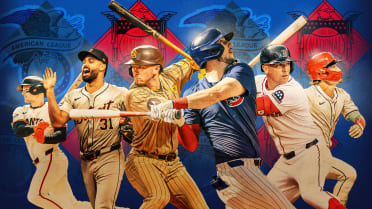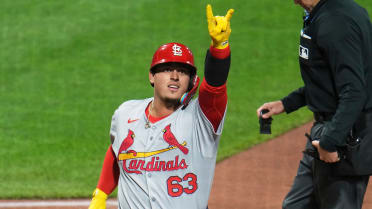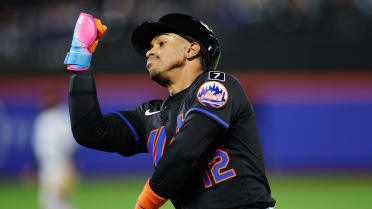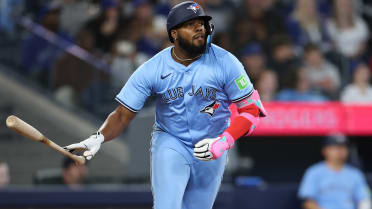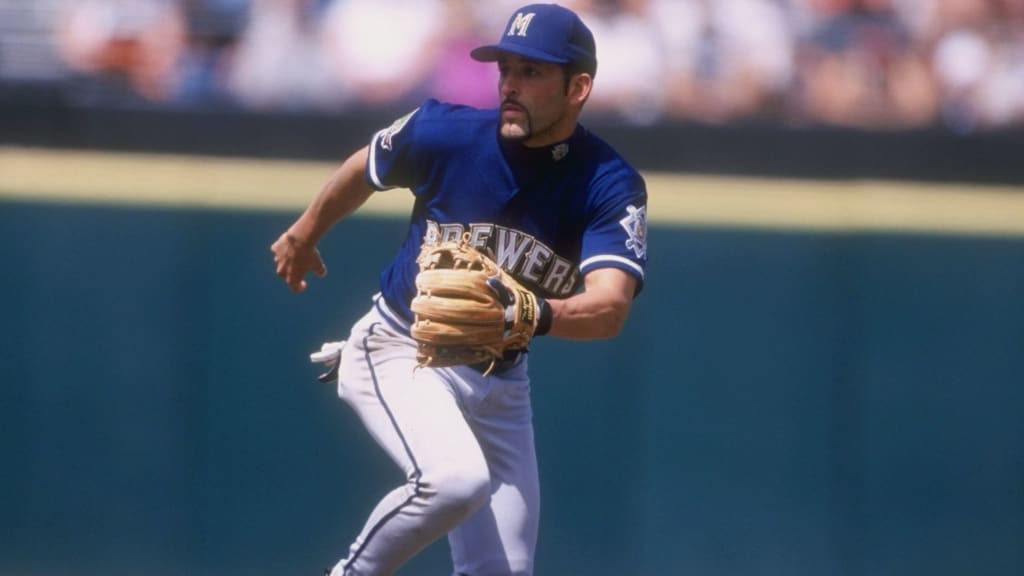
I recently wrote a story about the Top Rule 5 picks of the last decade. And while there’s been no Josh Hamilton or Johan Santana recently (though, to be fair, he wasn’t Johan Santana until about five years into his big league career), there have been some really good big leaguers who have gotten their first opportunities via the Rule 5. Some are still going strong, like Astros closer Ryan Pressly. Some might be just getting started, like Red Sox right-hander Garrett Whitlock. You can see my Top 10 selections here.
Sometimes, though, teams get lucky and a player they leave unprotected gets taken and returned. Going back in history, even before I started at MLB.com, a prime example of this is Fernando Viña. Way back in 1992, the Seattle Mariners took Viña in the Major League phase of the Rule 5 from the Mets. But after just 24 games and 45 at-bats, he was returned to the Mets in June '93. Viña was back in the big leagues with New York in '94, playing in 79 games before the strike began in August of that year, and would be the player to be named sent to the Brewers for Doug Henry that offseason.
It was with Milwaukee that Viña established himself as a big league regular at second base. In 1998, he earned his lone All-Star nod and hit .311/.386/.427. The Cardinals acquired him following the 1999 season and he won back-to-back Gold Gloves in 2001 and '02. He finished his career with the Tigers in '04, ending with 1,196 hits and a career line of .282/.348/.379 over 4,240 big league at-bats. Not bad for a guy who wasn’t initially added to the 40-man roster by the Mets in 1992 and couldn’t crack Seattle’s '93 lineup enough to stick and was sent back to New York.
This isn’t a totally uncommon phenomenon, or something that only happened 30 years ago. As I researched the Rule 5 Drafts of the last 10 years, I noticed a couple of standout players who have gone on to be pretty productive Major League players after being selected and sent back to their original organizations.
At the top of the list is outfielder Ender Inciarte, who had spent the 2012 season hitting over .300 across two levels of A ball in the D-backs organization. Arizona rolled the dice by not adding him to the 40-man roster, thinking the big leagues too tough for a hitter who had yet to play above A ball. They were right. The Phillies took him in the 2012 Rule 5, but returned him in early April, before he had played a game.
He spent the 2013 season in Double-A and performed well, and this time the D-backs didn’t mess around, adding him to the roster in the offseason. That set the stage for him to spend most of the '14 season in the big leagues (He made his debut on May 2.) and earn some NL Rookie of the Year votes in the process. He hit over .300 and stole 21 bases in '15 and then was part of a huge offseason trade with the Braves that sent him and then-prospect Dansby Swanson to Atlanta. Inciarte went on to win three straight Gold Gloves and earned an All-Star nod in '17. Of all the players taken in the Major League Rule 5 Draft since 2012, Inciarte has accrued more WAR (17.9) than anyone.
There are two others to keep an eye on in this category. The first is Yankees left-hander Nestor Cortes, who was taken by the Orioles in the 2017 Rule 5 and returned to New York after four relief outings. Of course, it’s taken a while for the legend of Nestor Cortes to really grow. He was traded to the Mariners in November 2019 for “future considerations,” then rejoined the Yankees as a free agent in January 2021. It started to click that season and he was an All-Star in 2022, earning some Cy Young Award votes at the end of the year.
Finally, there’s Jordan Romano. He was taken by the White Sox from the Blue Jays in 2018 and immediately sent to the Rangers. But Texas returned him to Toronto before the end of Spring Training the following season. He was in the big leagues with the Blue Jays that June and he would throw 30 big league innings over the next two seasons. It started to click in '21, when he racked up 23 saves and a 2.14 ERA. He then made another jump forward by becoming an All-Star in '22 and saving 36 games as Toronto’s closer.
Jonathan Mayo is a reporter for MLBPipeline.com. Follow him on Facebook and @JonathanMayo, and listen to him on the weekly MLB Pipeline Podcast.

